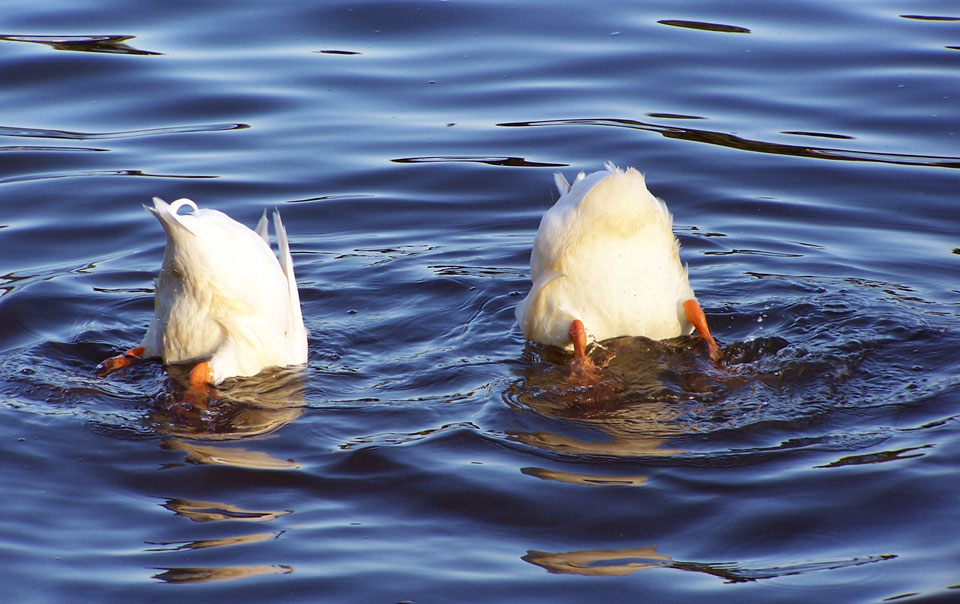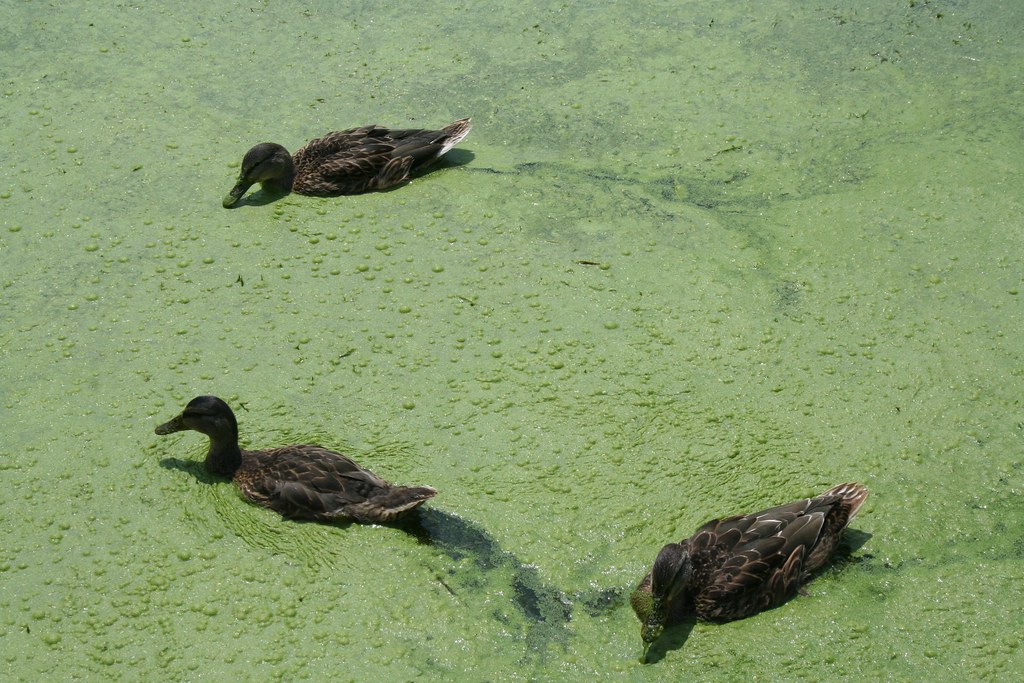“Pondside Dining: What Ducks Really Eat in a Pond”

If you’ve ever watched ducks paddling across a pond, you’ve probably seen them dipping their heads below the water, nibbling at plants, or pecking at the surface. But what exactly do ducks eat in a pond? Are they vegetarians, insect-lovers, or scavengers? The answer is a little bit of everything. Ducks are omnivorous waterfowl with diverse diets tailored to what’s available in their habitat—especially in natural or man-made ponds.
1. Aquatic Plants: The Salad Bar Beneath the Surface
Ducks love pond plants! These provide nutrients, fiber, and energy. Some favorites include:
- Duckweed – A tiny floating plant that’s nutrient-rich and very common.
- Water lilies – Ducks nibble on the leaves and seeds.
- Algae – Especially filamentous green algae, which they consume in small amounts.
- Submerged vegetation – Such as pondweed and coontail, which grow beneath the surface.
These greens help maintain healthy digestion and are especially popular with dabbling ducks like mallards.
2. Insects and Larvae: Protein on the Go
Protein is essential, particularly for ducklings and during molting or breeding seasons. Ducks feast on:
- Mosquito larvae – Found in stagnant water, a favorite snack!
- Water beetles and midges
- Dragonfly nymphs
- Mayfly larvae
This natural pest control service is one reason ducks are considered beneficial to pond ecosystems.

3. Crustaceans and Mollusks: Nature’s Seafood Platter
Larger or more opportunistic ducks will go for:
- Small freshwater snails
- Crayfish (if present in the pond)
- Clams and mussels – cracked with their strong bills
These creatures provide calcium, which is important for eggshell production in laying females.
4. Amphibians and Small Fish (Occasionally)
Though it’s not common for all species, some ducks may eat:
- Tadpoles
- Frog eggs
- Minnows or small fish (more typical of diving ducks)
This tends to happen when protein demands are high or during food shortages.
5. Grains and Seeds: The Floating Feast
Ponds near farmland or parks often have:
- Seeds from grasses or aquatic plants
- Leftover grains (such as corn or wheat that drift in from nearby fields)
- Acorns or tree nuts floating near the surface
Ducks will scoop up seeds floating on the surface or sift them from the mud.
6. Mud and Silt: Unusual but Important
Yes—ducks eat mud, in a way. When dabbling in the bottom of the pond, they consume:
- Organic matter and microbes
- Tiny organisms hiding in the sediment
This helps round out their diet with minerals and other trace nutrients.
7. What About Bread? The Human Mistake
While feeding ducks bread is a common childhood memory, it’s not good for them. Bread has little nutritional value, can cause angel wing (a deformity), and pollutes the pond. Safer alternatives include:
- Cut grapes (halved)
- Oats or cracked corn
- Chopped lettuce or peas

Conclusion: Nature’s Buffet at the Water’s Edge
Ducks have an impressive ability to adapt their diet to their environment. In a pond, they forage like tiny feathered foragers, balancing plant life with protein sources from insects and aquatic animals. So next time you see a duck diving or dabbling in a pond, know that they’re enjoying a well-balanced meal straight from nature’s pantry.



